“Brightly coloured beach huts are an essential part of the British coast. They go together with ice creams, sandcastles and the unreliable British weather to form part of our experience of summer by the seaside.”
— Seasidehistory.co.uk
Catching the bus for Southwold, I am distinctly aware of being the youngest on board. By about four decades at least.
Every other white-haired passenger wears oversized polarfleece zip-ups produced by brands like “Arctic Storm.” I’m sporting a black leather jacket. But that doesn’t mean I’m not loving this trek to an out-of-the-way seaside town of no more than 1,500.
At an intersection, signs point the way to places like Spexhall (2.5km), Bungay (8km), and Beckley (9km) and it’s nice to not have any idea of where I’m going. Each little place we pass through, places like Blyford and Wenhaston Village, is lined with cottages with names that hang next to their doors on painted signs; names like Honeysuckle, Driftwood, Fern, Daisy, and then, questionably, Post Office Cottage. A row of terraced houses is painted in such a way that it resembles the inside of a carton of neapolitan ice cream. This is an altogether lovely corner of the country, I think to myself.
By the time we arrive in Southwold, my nostalgia is moving with full force and I make straight for the beach. Two months in the capital have left me itching for salt in the air and gulls squawking above. Maybe it was a week my family once spent at the beach over Thanksgiving when I was seven years old, but there’s something about being near an ocean in the winter that always gets me. Walking along the shore, it isn’t so much about the warmth of the sun and the swimming anymore, but a fundamental state of being, the openness and a briny chill in the air.
I quickly grow obsessed with the beach huts that line Southwold’s promenade. They’re nothing more than your standard backyard shed with a little porch tacked on the front, except they seem imbued with all of the character and personality Americans normally give their beach homes.
Each hut has a name and is painted in distinct and vivid colors–bold primaries, funky teals and fuschias, and quiet pastels. Apparently they date as far back to the early twentieth century, when British conservatism and modesty was at a high. Changing in public was strictly forbidden, so city councils began providing the huts as changing rooms. Many are outfitted with small stoves, so that no one will have to sacrifice afternoon tea for a day at the beach.
There’s an old man working on the door of a hut named Nollers Nock. I walk up to him and ask frankly, “Is this yours?” When he realizes there’s someone standing there, I have more questions. How do these work, I ask him, do you sleep here or just hang out during the day? Do people own or rent them, are they passed on from generation to generation?
“Oh, yes, this one’s been in the family since the 1960s I’d say.”
“And is that how it normally works?”
Before he can answer, a woman’s voice from inside the cabin calls out, “Not as much as they used to be.”
“Sorry, voice from the deep,” she says again, poking her head out of the door, holding a curtain rod in her hands onto which she is in the process of sliding gauzy material.
I leave them to finish their improvements in peace and soon pass a family, little Tom and Rachel all bundled up. Tom has a small red spade which apparently Rachel wants back, despite the larger blue alternative her mother holds out to her. As usual, Tom sets off waddling down the sand like a goose with a limp, Dad and Rachel running after him.
“Don’t snatch it from him, please, Rachel,” her father exhorts. “Remember what we talked about yesterday? He just needs a bit of time to warm up before he hands it over.”
I make a final loop down the beach and then, full of sea air, pop into the Boardwalk Café for a coffee and a place to eat my lunch. From my seat at a long counter facing the ocean, I can see the lighthouse and the very top of St. Edmund’s church. There’s an old man wearing a naval cap sitting at the end of the bar from me. He reaches into his fleece and pulls out a pair of binoculars that hang on a string around his neck. He stares out through them towards the horizon for such a period of time that I start to wonder if maybe I’m missing something.
But then I look again at the rows of brightly colored beach huts, at the fisherman gathered under large umbrellas at the end of the pier, and at the muted sunshine glinting through the clouds onto the surface of the sea, and I know:
No, I’m not missing anything.

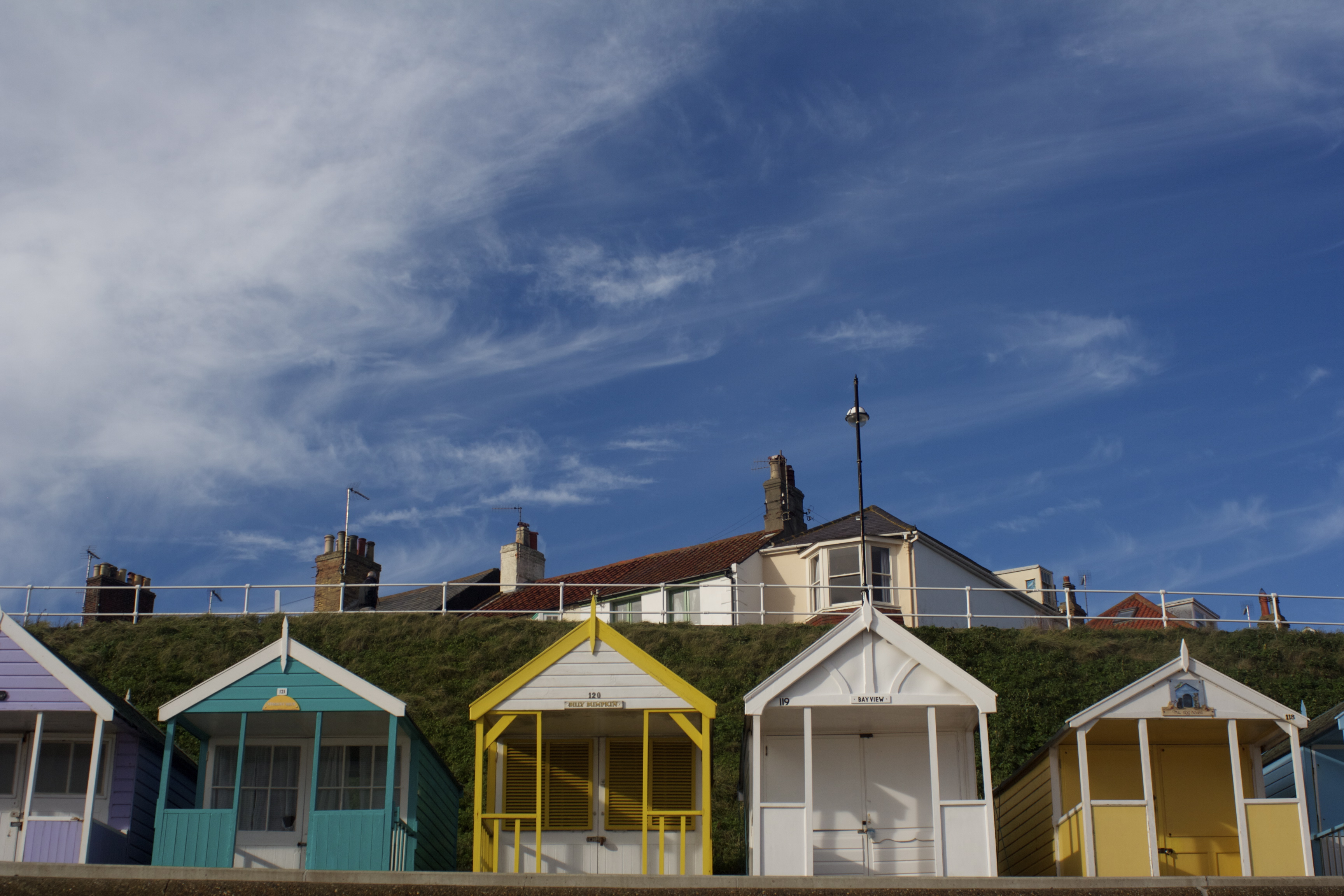
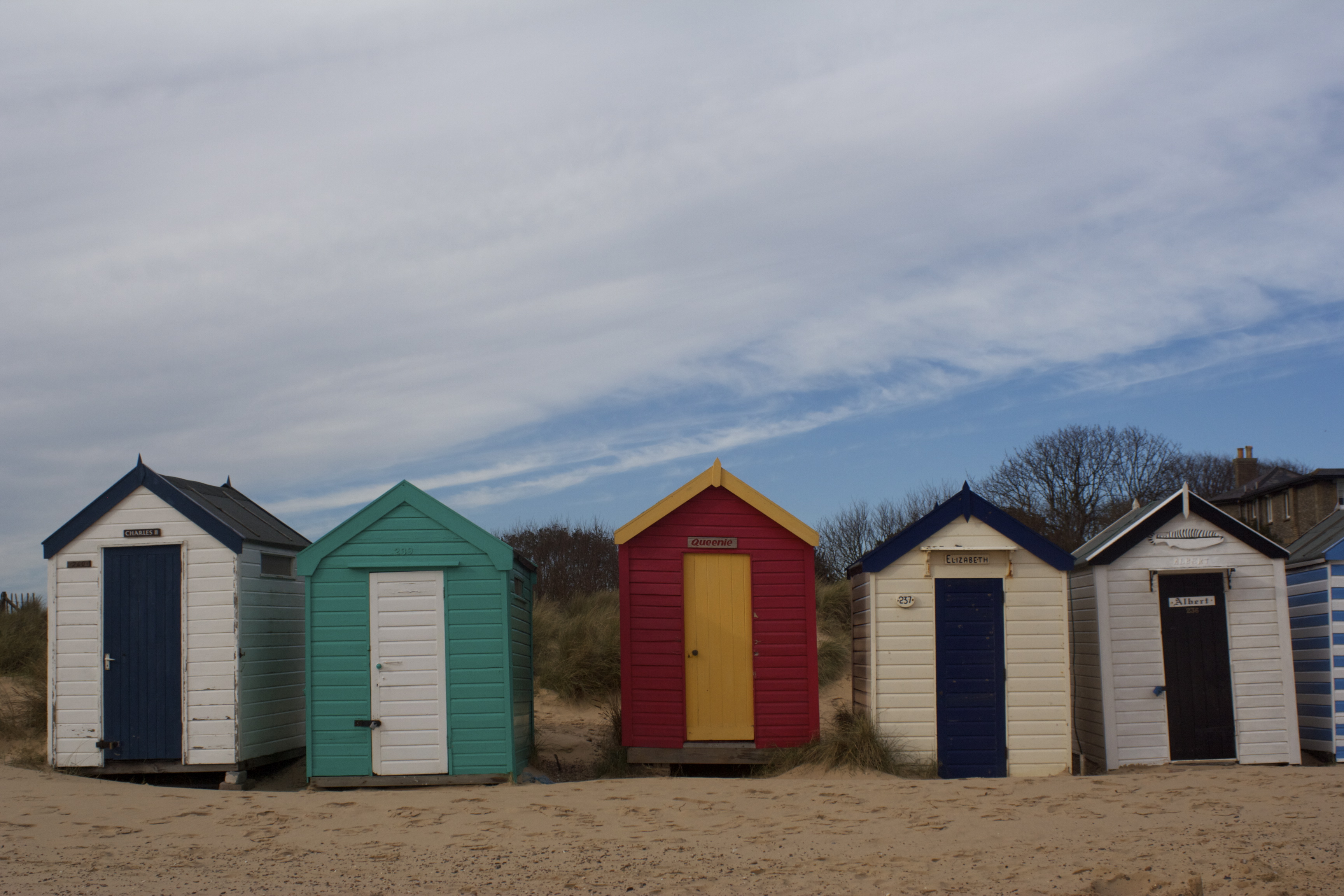
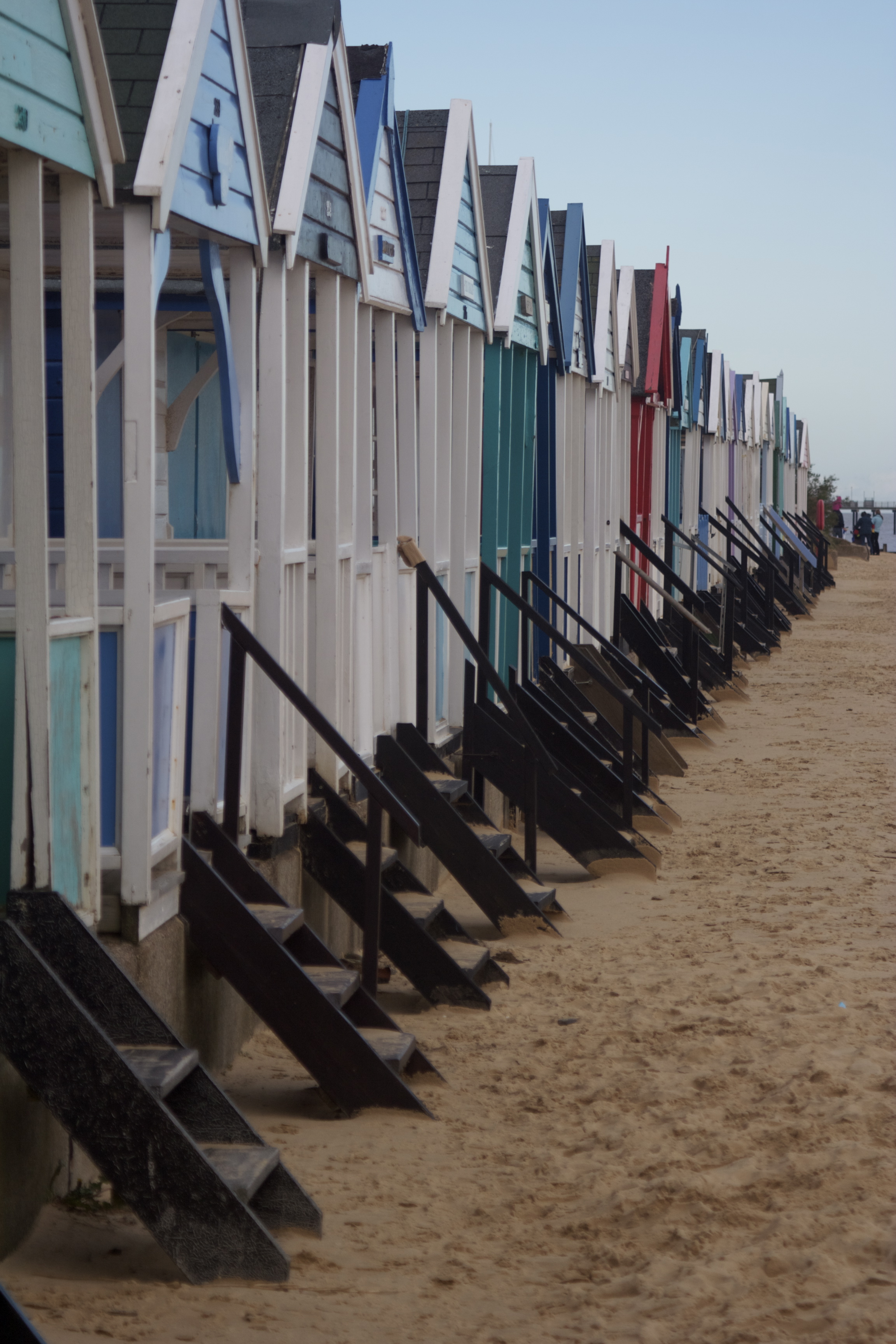
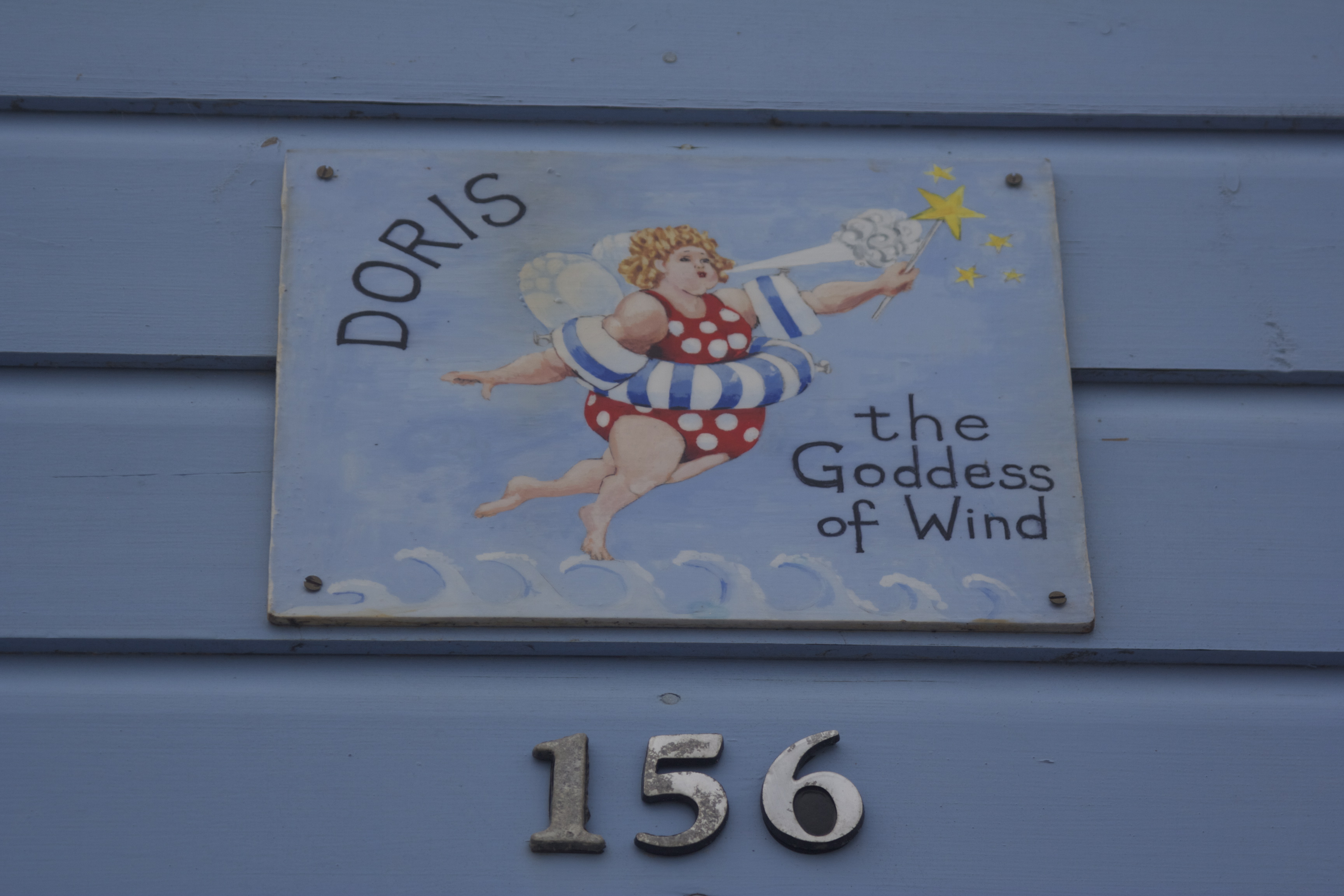
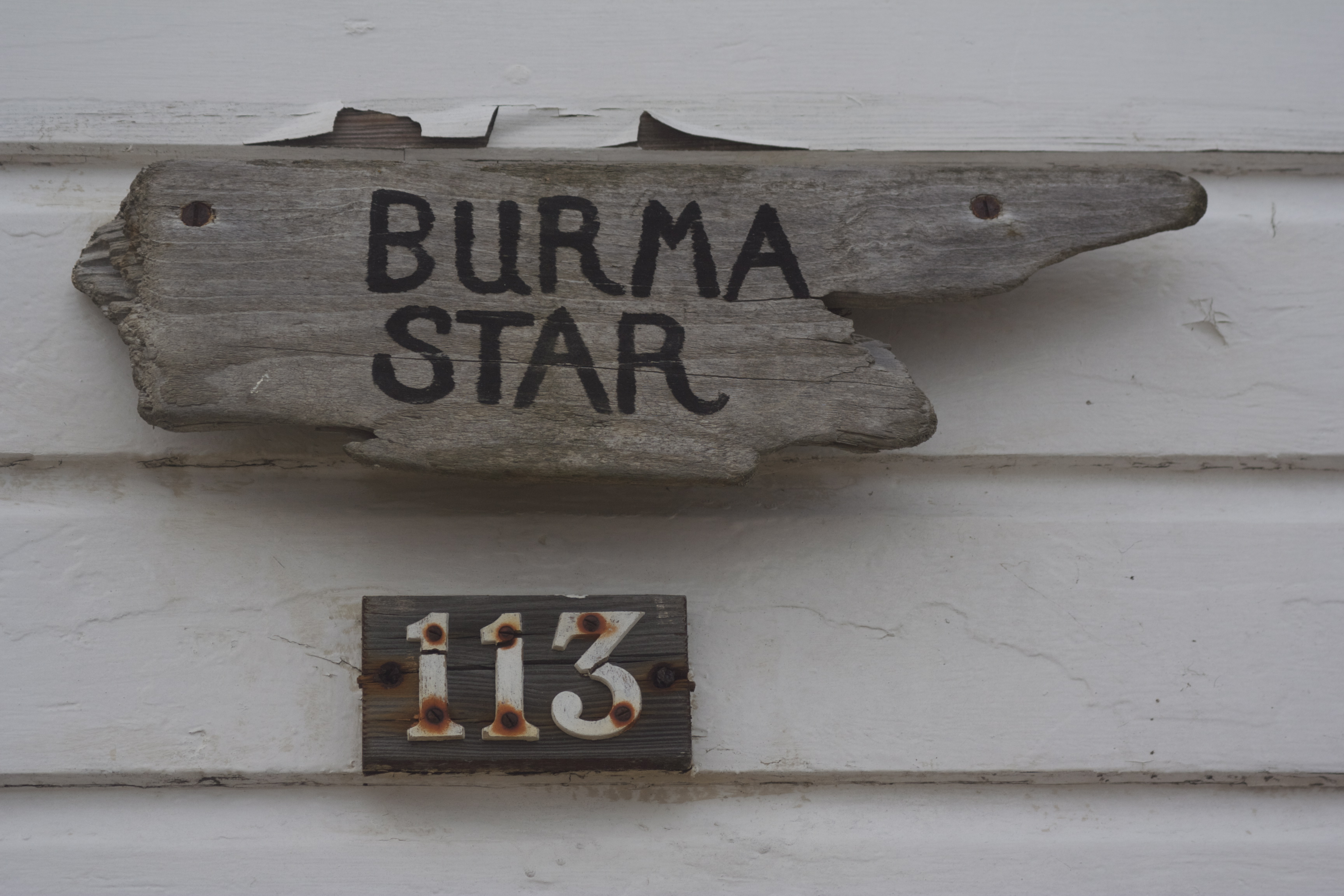
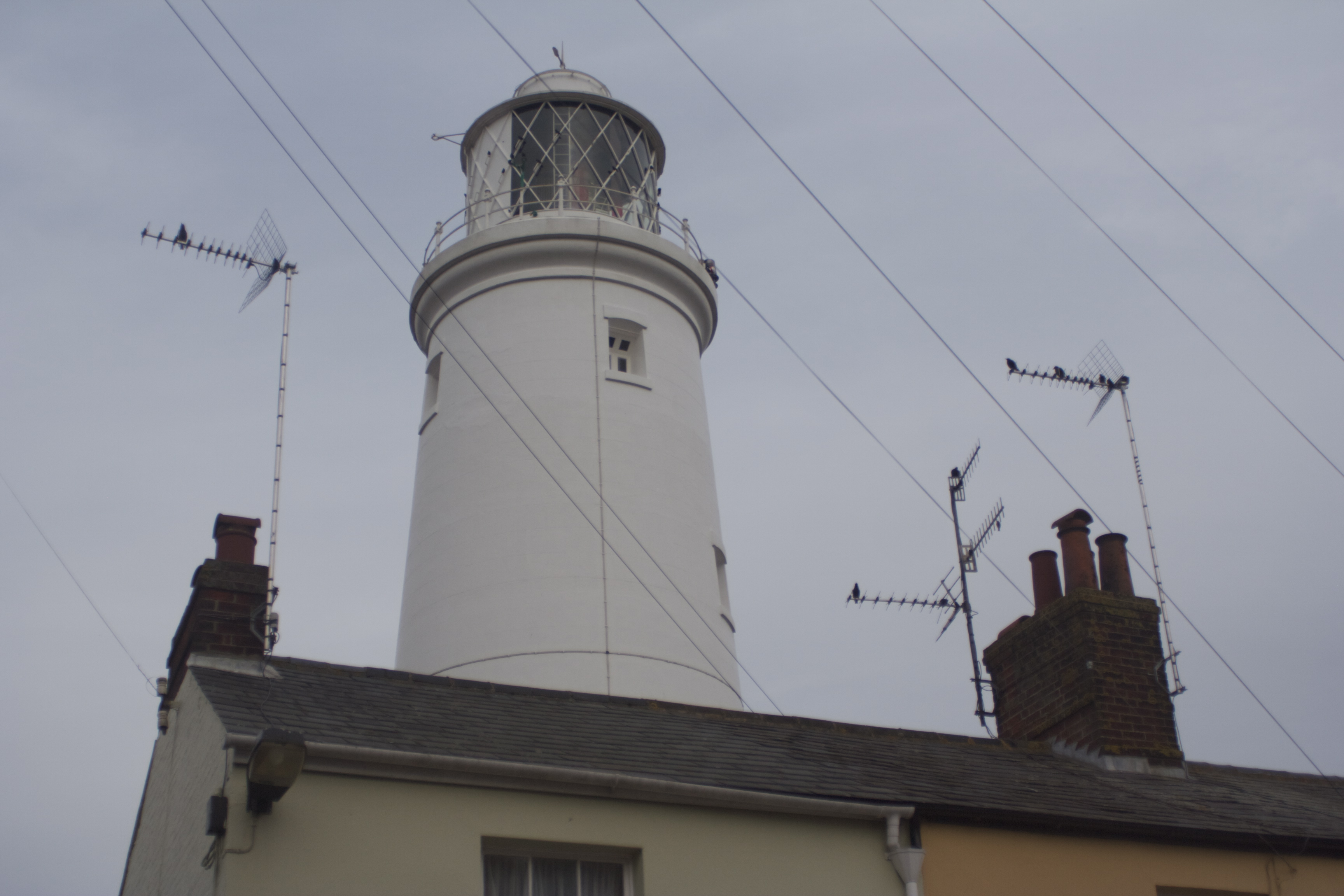
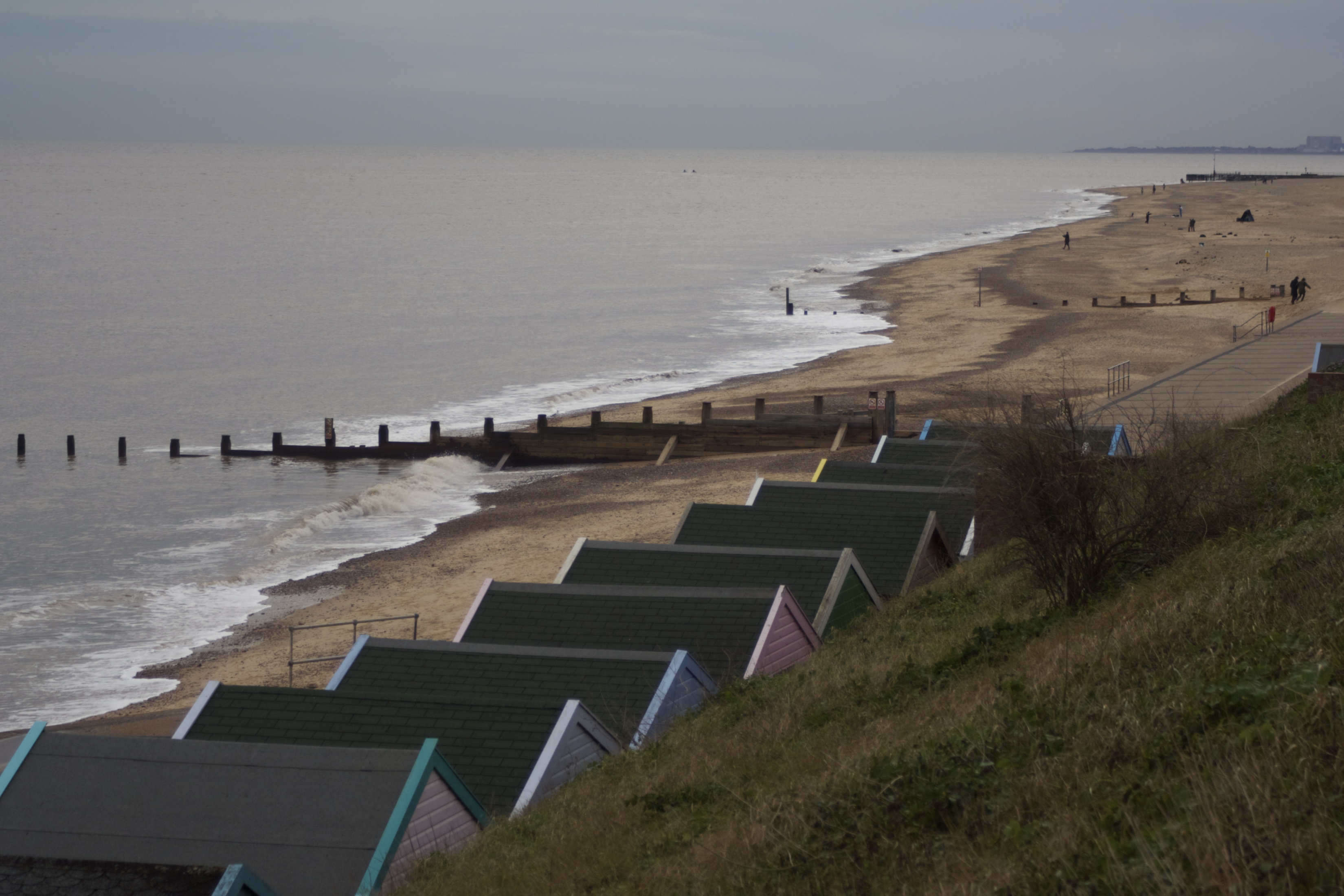
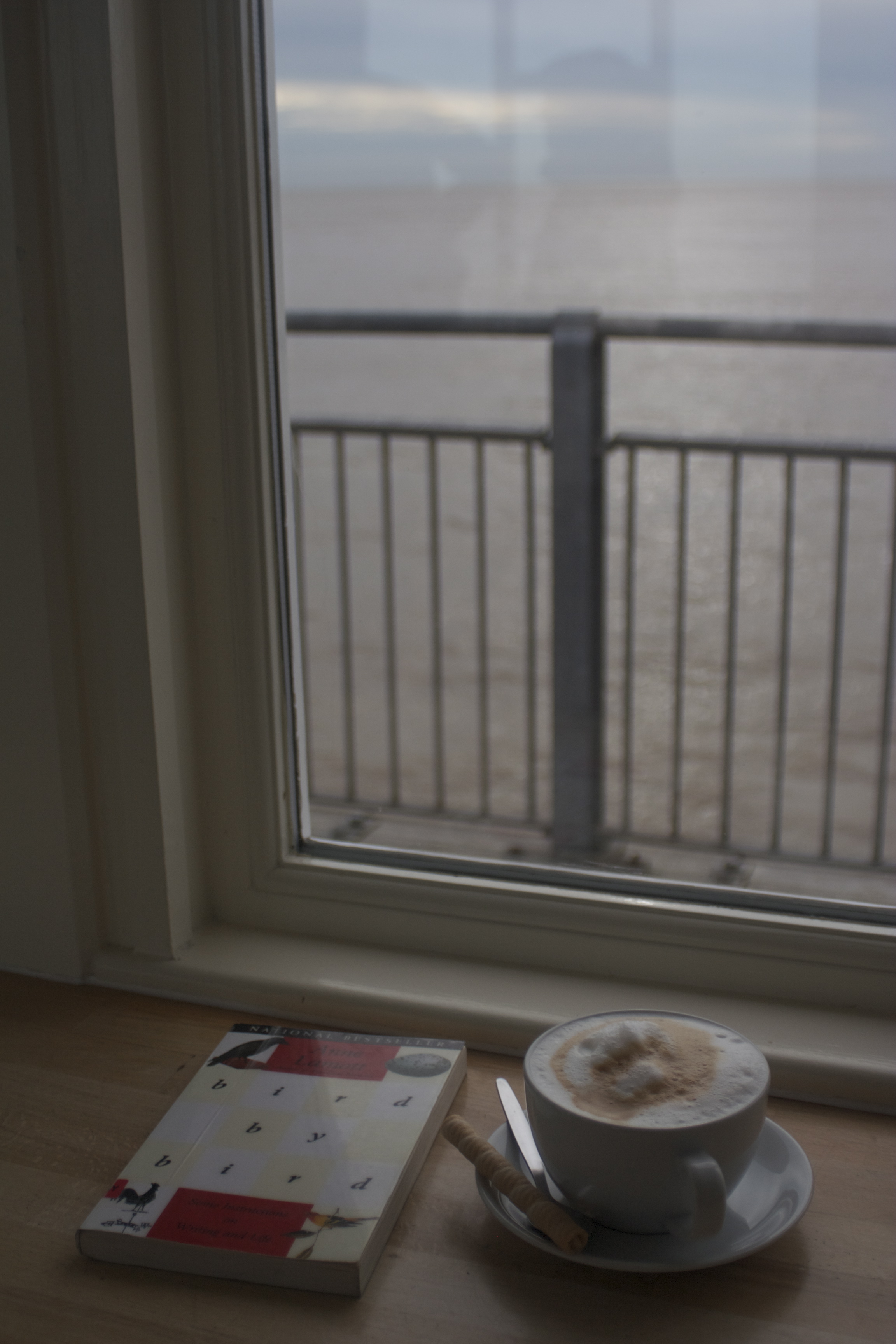
gorgeous story! Nothing like the seaside to blow the city off of ya 🙂
Thanks, Erin!! You’re so right…I need a little bit of sea every now and then to keep me grounded 🙂
Oooh looks lovely! I think they talk about Southwold in the book I’m reading right now – THE QUEEN’S FOOL by Phillipa Gregory.